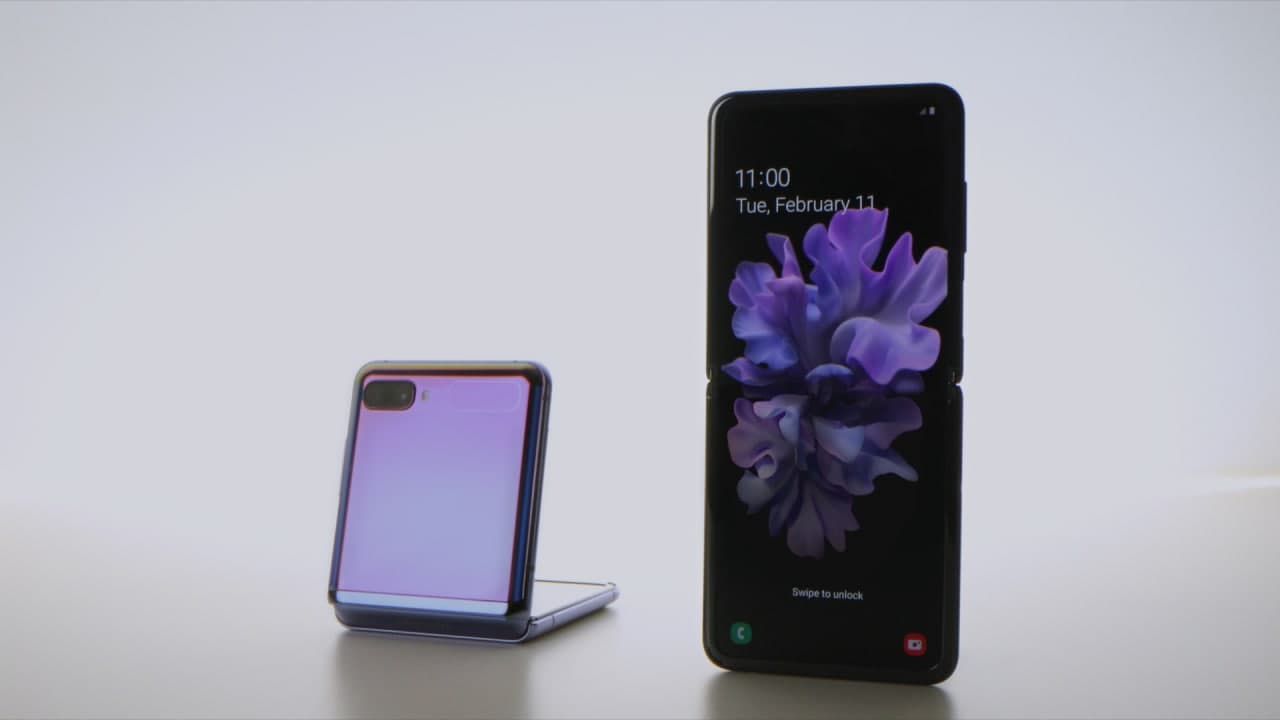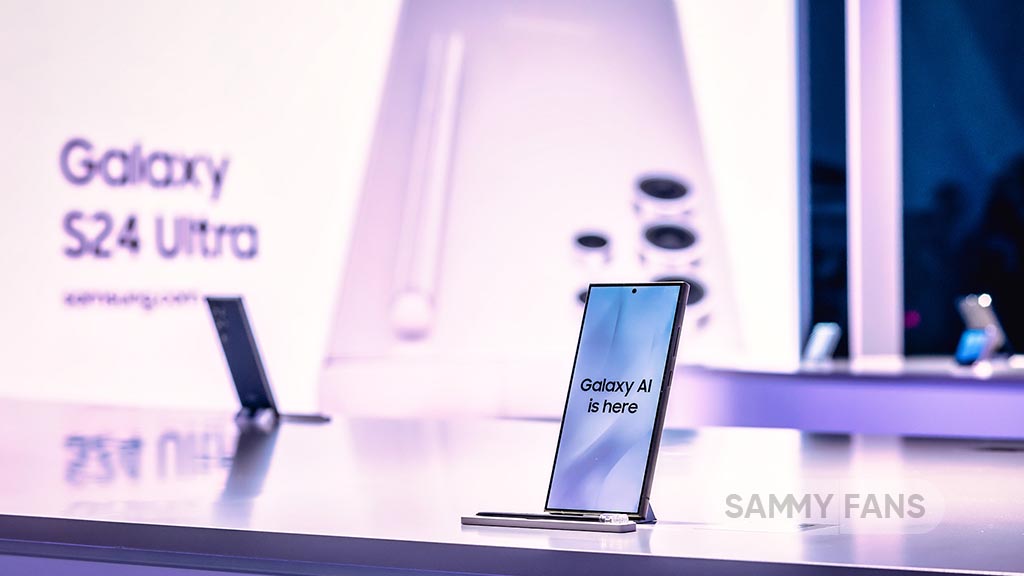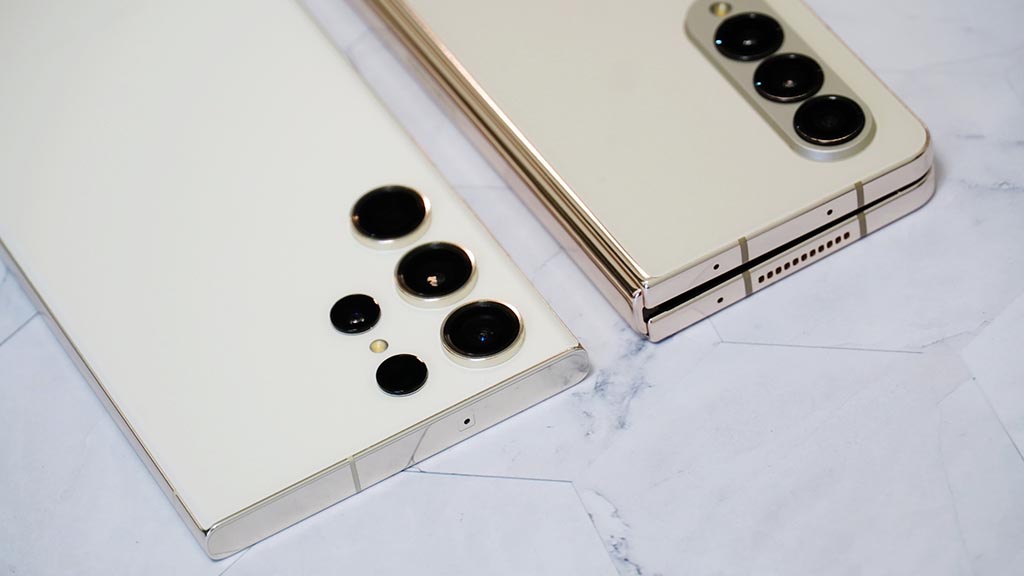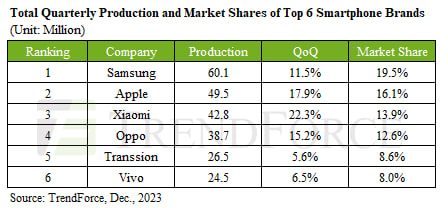
Samsung aims to sell over 300 million smartphones in 2021
This year, Samsung‘s mobile phone sales declined below 300 million units for the first time in a decade due to the Covid-19 pandemic. Moving on, the South Korean tech giant is preparing to cross the 300 million mobile and smartphone shipment mark.
According to Korean media, Samsung has set a plan which is quite similar to its plans before the Covid-19 pandemic. As the global economy showing signs of recovery, it can help the tech makers to increase the sales of mobile phones and smartphones as well as foldable.
The South Korean tech giant is rapidly preparing to ship 307 million mobile phones next year including 287 million smartphones and the rest of all feature phones. Samsung’s plan for the coming year is nearly 14% high compared to last year.

It is expected that Samsung will ship a total of 270 million mobile phones in 2020, while the company already shipped 189.4 million mobile phones by the end of the third quarter. Samsung is predicted to ship 310 million to 320 million units taking advantage of the restrictions on Huawei by the US Government.
Furthermore, Samsung Electronics has planned to produce 49.8 million flagship models including the upcoming Galaxy S21 series and foldable phones in 2021. The company will also make nearly 6 million foldable smartphones including the current and newer models that could be launched in the H2, 2021.
Samsung is also reportedly planning to replace foldable smartphones with the Note series. Half of the predicted foldable smartphones could be the Galaxy Z Flip 2 because the company is focussing to put the foldable in its mainstream due to the popularization of foldable smartphones.

As we know, Samsung is also working to launch affordable 5G smartphones such as the Galaxy A22 5G and A32 5G that is reportedly manufacturing through outsourcing, which can help the company to sell 237 million units of its mid-range and affordable Galaxy A series and the M series between the first half and second half of 2021.
To capture the 5G smartphone market of the South East Asian countries including India, Samsung is expected to produce 55 million smartphones through Joint Development Manufacturers (JDM). However, Samsung stated that it can’t reveal any detailed information and strategy about the company’s business plan for mobile phones in 2021
Business
Samsung holds onto top spot but Apple, Xiaomi getting closer

Samsung remained the king in the Q2 2024 market, but Apple and Xiaomi are getting closer. IDC market research data shows that Samsung led the worldwide smartphone market in the second quarter of the year and Chinese brands scored rapid growth.
According to IDC, Samsung sold 53.9 million devices in the second quarter. The company occupied an 18.9% market share internationally. The company has slightly improved its sales share up from 53.5 million units in the same period last year.
The data suggests that Apple ranked second in terms of global volume sales. The iPhone maker shipped 45.2 million devices in Q2, 2024. It captured a market share of 15.8%, a modest increase from 44.5 million shipments in the second quarter of last year.
Third comes Xiaomi. The Chinese brand saw massive growth in sales year over year. It had sold 42.3 million smartphones in the second quarter alone. It’s a big jump from 33.2 million units shipped in Q2 2023, becoming a potential threat to Apple and Samsung.

Apart from this, Vivo also recorded significant growth in the global market. The company’s year-over-year growth in Q2 was 21.9%, with sales listing 25.9 million units with a market share of 9.1%. The growth percentage shows that aggressive marketing and boasting competitive specs into devices is paying off.
Samsung, Apple’s game isn’t over…
Last week, Samsung launched its new foldable phones, releasing on July 24, 2024. Apple, on the other hand, is expected to launch new flagship iPhones in September. It means, Samsung will enjoy the third quarter as well. The fourth quarter might be of Apple as iPhone sales would sharply grow in the global market given the new lineup release.
Samsung is now preparing to unveil new FE products later this year, followed by the S25 series in early next year. Chinese brands are expected to debut their latest flagships in the last quarter of this year, while Google Pixel phones are also coming in August.
Business
Samsung expects massive profit boom in Q2 given AI rise

Samsung today announced provisional sales and profit results for the second quarter. Samsung formally announced the provisional/predicted sales and operating profit, suggesting a massive profit boom in Q2, 2024 given the AI memory semiconductor rise.
In Q2, 2024, Samsung sales provisionally increased by 2.89% and operating profit by 57.34% compared to the previous quarter thanks to AI boom. Besides, the sales climbed by 23.31% and operating profit by 1,452.24% compared to the same period last year.
The company expects sales of 74 trillion won and operating profit of 10.4 trillion won on a consolidated basis. While these results are not final, there won’t be much change in the final result when it comes out. Samsung had a pretty profitable period in the second quarter.
Samsung in Q2
- Consolidated Sales: Approximately 74 trillion Korean won
- Consolidated Operating Profit: Approximately 10.4 trillion Korean won
The Korean tech giant is currently facing yield issues in its second-generation 3nm process. The flagship Exynos processor is unlikely to be commercialized this year. It would lead the Mobile business to face additional burdens due to rising prices of Snapdragon chipsets.
Meanwhile, Samsung is focussing on HBM (high bandwidth memory) semiconductors. HBM is a key player in artificial intelligence servers and data centers. The booming AI market will directly benefit Samsung’s semiconductor business.
Business
Samsung leads Q3 smartphone market, Huawei’s entry haunts Apple

Samsung ranked first in market share in the global smartphone market in Q3, 2023. TrendForce report says that Samsung led the global Q3 smartphone market, recording a market share of 19.5%.
Overall production in the third quarter increased by 11.5% compared to the previous quarter to 60.1 million units. During the same period, Apple’s production increased by 17.9% to 49.5 million, thanks to iPhone 15.
Follow our socials → Google News | Telegram | X/Twitter | Facebook | WhatsApp
Third place was taken by Xiaomi (13.9%), followed by Oppo (12.6%) and Transion (8.6%). 6th place is Vivo (8%). Meanwhile, global smartphone production reached 308 million units, a 13% increase compared to the previous quarter and a 6.4% increase from the previous year.
Huawei’s re-entry into the flagship smartphone market targeting Apple has had a significant impact in China. Huawei is aiming to expand its high-end flagship series, focusing on the Chinese domestic market next year, so Apple “We plan to attack directly”.

// Source












